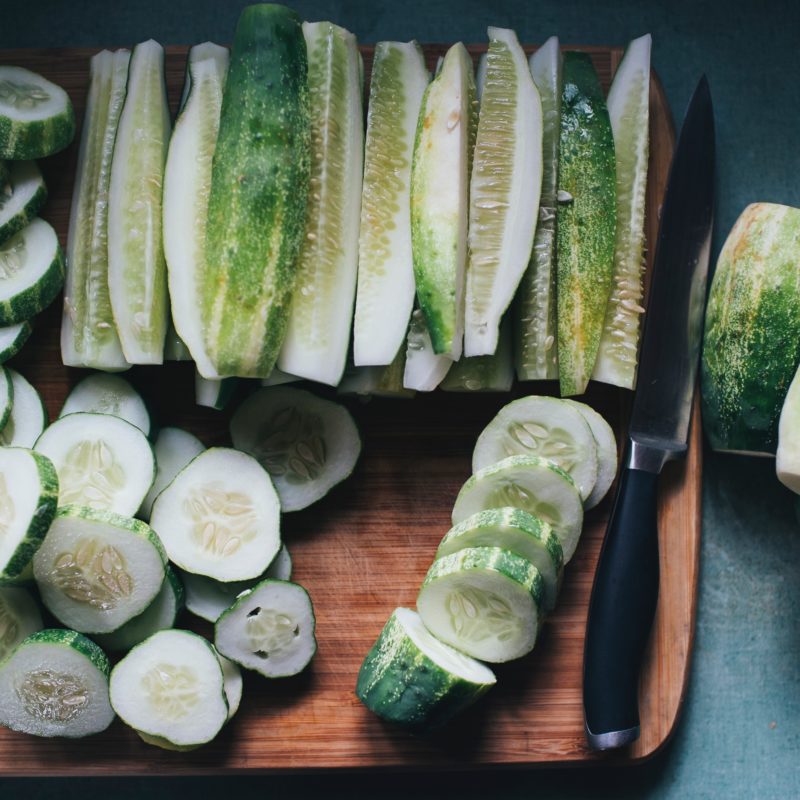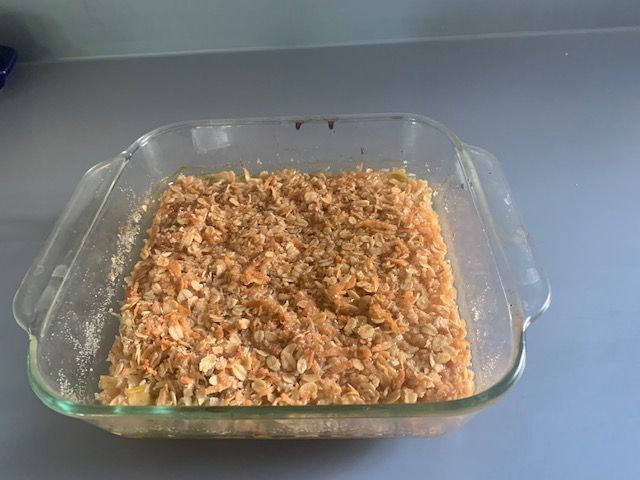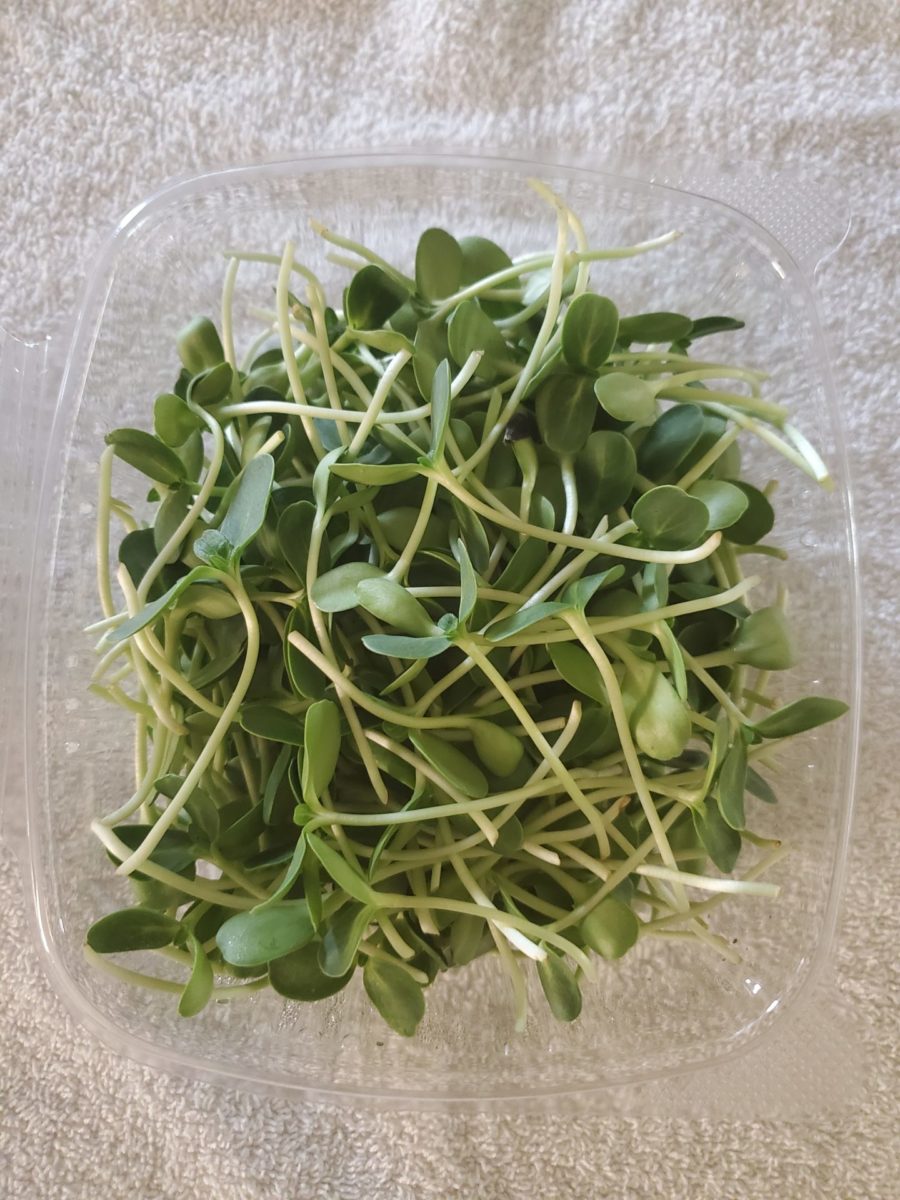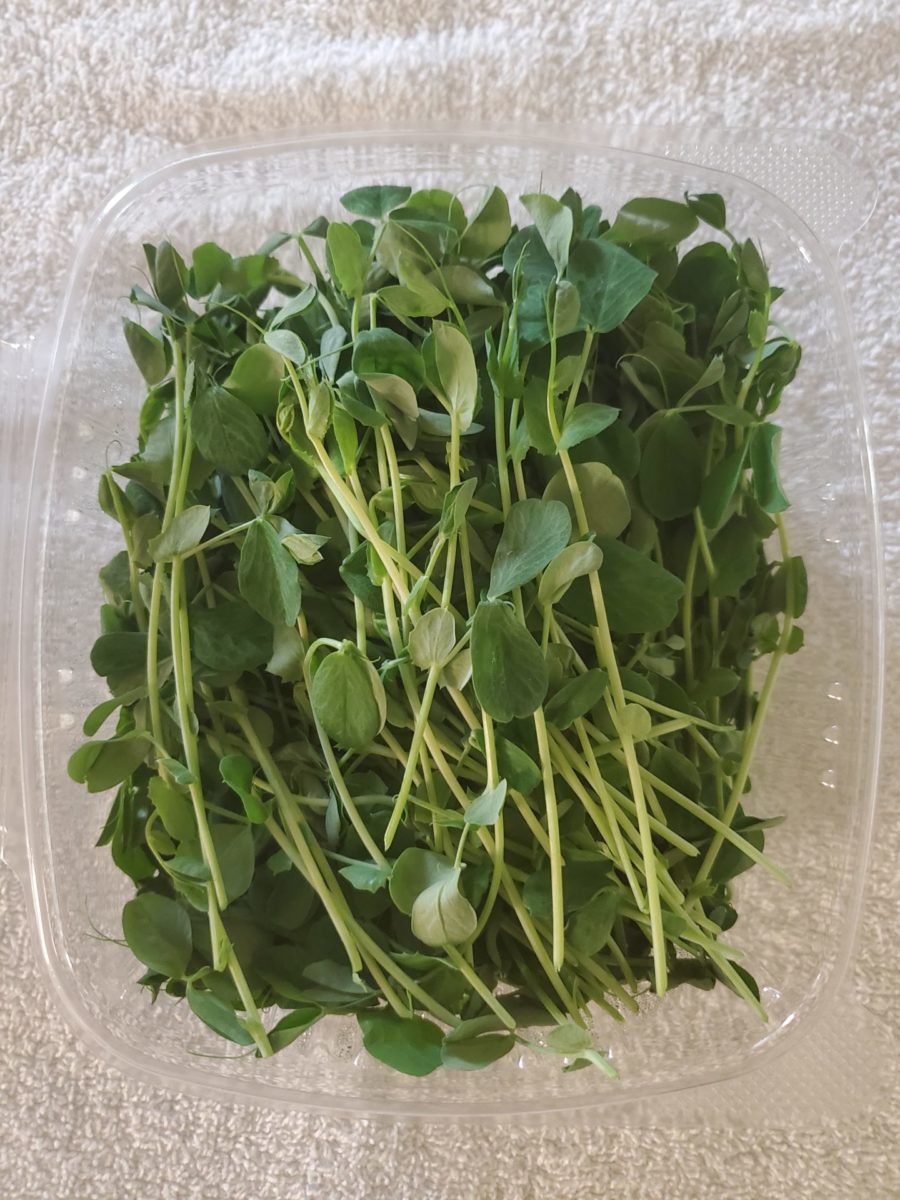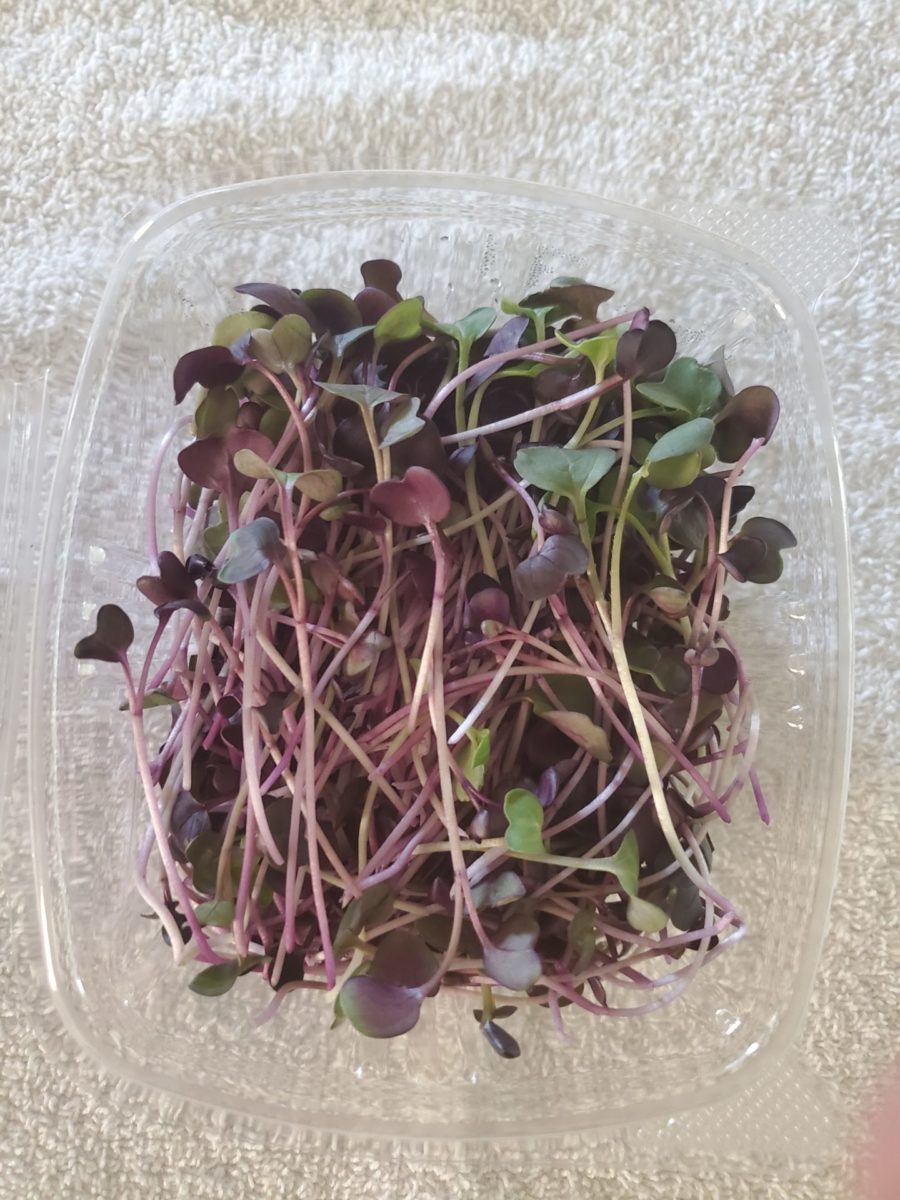Newsletter 780
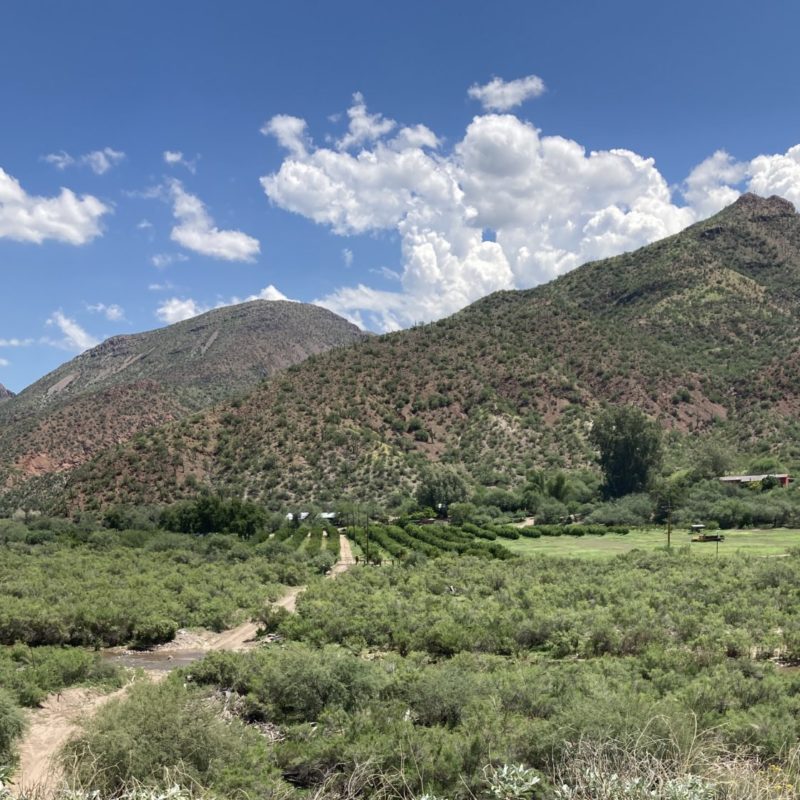
Produce Spotlight
Asian Pears from Aravaipa Farms
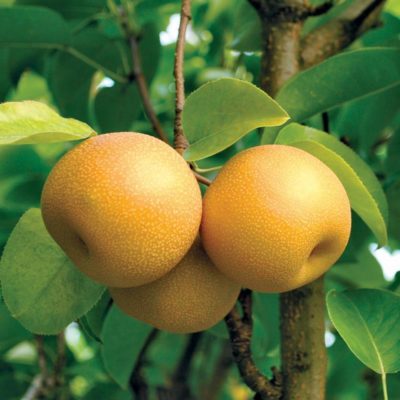
You know you are about to experience something quite special when the pavement ends and the canyon opens up below you. Just about 1.5 hours north of central Tucson past the historic towns of Oracle and Mammoth, you find the unassuming turn-off to the Aravaipa Canyon Wilderness West Entrance…and the Aravaipa Farms Orchard & Inn.
The perennial Aravaipa Creek supplies the water that makes this valley, and the fruits of this orchard, a unique destination in our Sonoran Desert. You may have seen one of their brochures at the CSA, or even experienced what they call this “unique rustic luxe” getaway. This majestic oasis is also the source of the delicious peaches you enjoyed in your shares a few weeks ago, or maybe bought extras from The CSA Shop.
We are excited to be bringing you Housi Asian Pears from the Orchard starting this week in Tuesday shares and through The CSA Shop. Originated from Japan, the Housi are considered to be the best flavored of all Asian Pears. They are round and golden, and combine the flavor and sweetness of pears with the crunchiness of crisp apples. It is said that Hosui pears are an excellent source of vitamin C, and are also a good source of fiber, which is primarily found in the skin, and contains minerals such as calcium, phosphorus, potassium, copper, and manganese.
Whole, unwashed Hosui pears will keep for several weeks when stored in the crisper drawer of the refrigerator.
Save the Date
Book Review
Freedom Farmers: Agricultural Resistance and the Black Freedom Movement
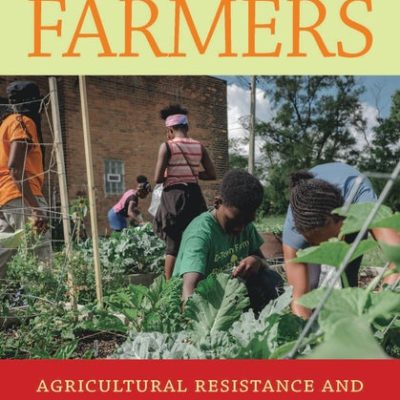
Dr. Monica M. White teaches courses in environmental justice, urban agriculture, and community food systems at the University of Wisconsin-Madison. She is the first African American woman to earn tenure in both the College of Agricultural Life Sciences and the Gaylord Nelson Institute for Environmental Studies. Her research investigates Black, Latinx and Indigenous grassroots organizations engaged in the development of sustainable, community food systems as a strategy to respond to issues of hunger and food inaccessibility.
Historical narratives have tended to focus more on Black struggle (protests, marches, Freedom Riders, etc.), rather than on a legacy of horticultural knowledge, collective successes and community building, successful challenges to white supremacy through food production and political self-determination. White has provided a history of Black farming and cooperatives in this book that perhaps transforms our understanding of the history of Black communities and their relationship to the land.
Freedom Farmers illustrates how Black farmers, activists, and academics have used agriculture as a means of resistance in their struggle for freedom in the United States. White explores the ways in which prominent figures like George Washington Carver, W.E.B. DeBoise, and Fannie Lou Hamer resisted white supremacist systems in the South by educating tenant farmers, forming Black farming cooperatives, and increasing political participation in the Black community as a result. White goes on to connect these early movements to modern-day agricultural resistance movements in Detroit, like the Detroit Black Community Food Security Network (DBCFSN) – an explicitly antiracist, anti-capitalist, self-determined, self-reliance initiative.
You can find more information about Freedom Farmers, including book club discussion questions, on our website. To check this book out from Tucson CSA’s Food Literature Lending Library, please send us a request.
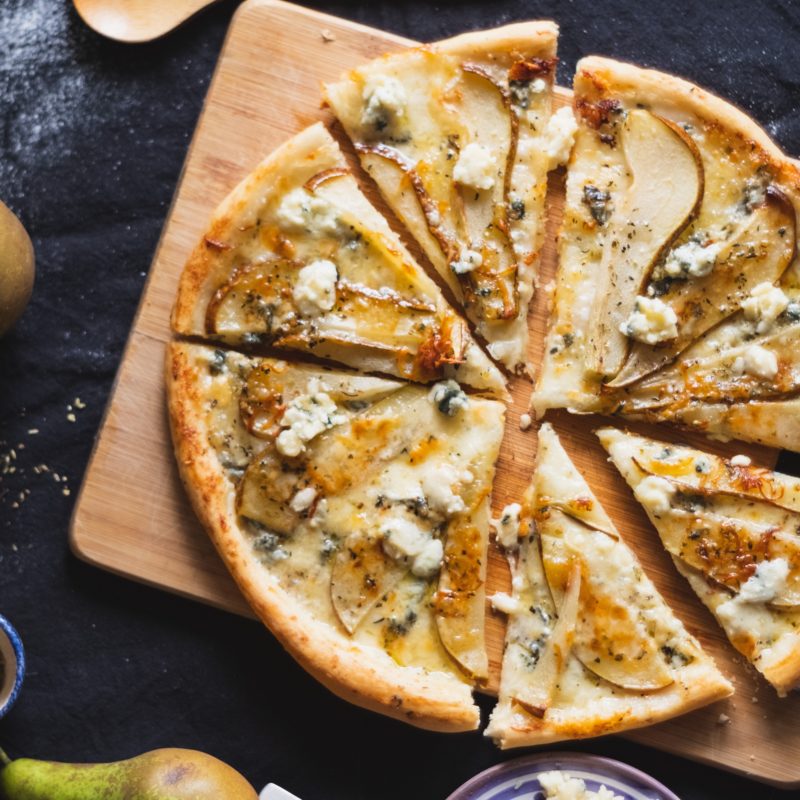
In the Kitchen
How to Make Refrigerator Pickles
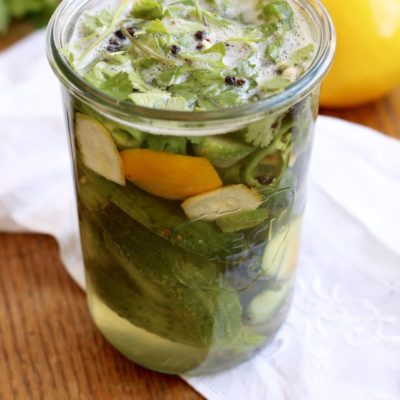
We’ve been getting a lot of cucumbers in our CSA shares this summer! While cucumbers make for great dips, salads, and crunchy-cool snacks, it can sometimes be difficult to finish your fourth giant Armenian cucumber in a row. That’s where refrigerator pickles come in – refrigerator pickles are quick and easy to make and don’t require specialized knowledge of fermentation or canning. They’ll last up to two months in the fridge, prolonging their shelf life and taking the pressure off of to eat your cucumbers right away.
All you need to make refrigerator pickles are cucumbers, brine, and a jar. First, slice your cucumber(s) however you like – rounds, spears, and dices will all work here – and put them in a jar that’s large enough to hold both the cucumbers and the brine. Then, make your brine with water, vinegar, salt, and aromatics such as peppercorns, garlic, onion, and bay leaf (you can really get creative here and play with different flavor combinations). Pour the brine into your jar with the cucumbers, seal the lid, and place in the fridge for 48 hours before digging in. For more guidance, check out our recipe for Fresh Refrigerator Cucumbers, as well as this guide to pickling any vegetable from The Kitchn, and get to pickling!
We’re Reading
They create jobs, open farmers’ markets, and make local food resilient, just, and equitable. Chances are, you’ve never heard of them. The CounterWe’re Listening To
The Keto Diet Maintenance PhaseWe’re Watching
Whetstone Dispatch: Amish Pickles Whetstone MagazineOn Social
Amber Tamm (@ambertamm) InstagramProducer Profile
Microgreens in the CSA Shop
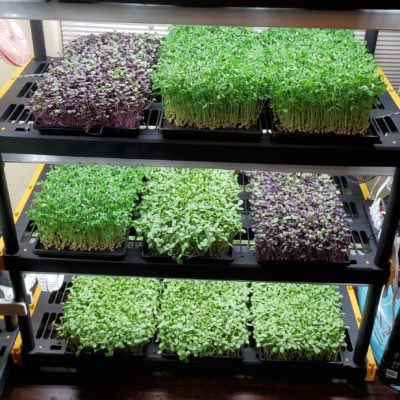
One of the first things that Kyle from Blanrock Farm will tell you is that he produces microgreens – not sprouts. There is plenty of dialogue to be found if you simply google microgreens vs sprouts (see a summary of the differences below). What Kyle can tell you is that he is committed to producing and consuming microgreens – and excited about providing them to Tucson CSA! Here is what Kyle has to say:
Blanrock Farm is located on the Northwest side of Tucson. My wife Rachel and I have very strong family values and strive to provide high quality Microgreens to our local Tucson area, where we were raised and proudly call home. Here at Blanrock Farm we’ve always enjoyed outdoor gardening. We eventually transitioned to indoor controlled growing. My family absolutely loves and eats our Microgreens almost daily.
Microgreens are packed full of amazing flavor with high vitamin and nutrient contents upwards 40% more than the mature counterpart. They also contain wonderful anti-inflammatory and antioxidant properties.
The temperature, humidity and light controlled environment indoors gives us the capability of growing healthy and sustained edible vegetables, flowers or herbs, year-round.
- Microgreens are the growth stage between sprouts and baby greens.
- Microgreens can be eaten raw or cooked.
- Simply add them to your sandwich, favorite meat dish, stir fry and soup.
- Or easily just eat them by themselves as a quick snack or fresh salad.
- All varieties are organic and non-GMO.
We will be getting Radish, Sunflower and Speckled Pea to try in our CSA Shop the next two weeks. Let us know what you think! We would love to be able to provide shares of microgreens again, soon.
And FYI: Here are some of the differences between microgreens and sprouts:
- Microgreens are grown in soil; sprouts germinate in water
- The leaves and stems of microgreens can be eaten; the “stem” and seed of sprouts can be eaten
- Microgreens take around one to three weeks to grow, depending on the variety; sprouts take under a week to grow
- Microgreens are packed with flavor and are often used as garnishes; sprouts are great for crunch
Hopefully, this helps to dispel some misconceptions and confusion regarding microgreens and sprouts.
